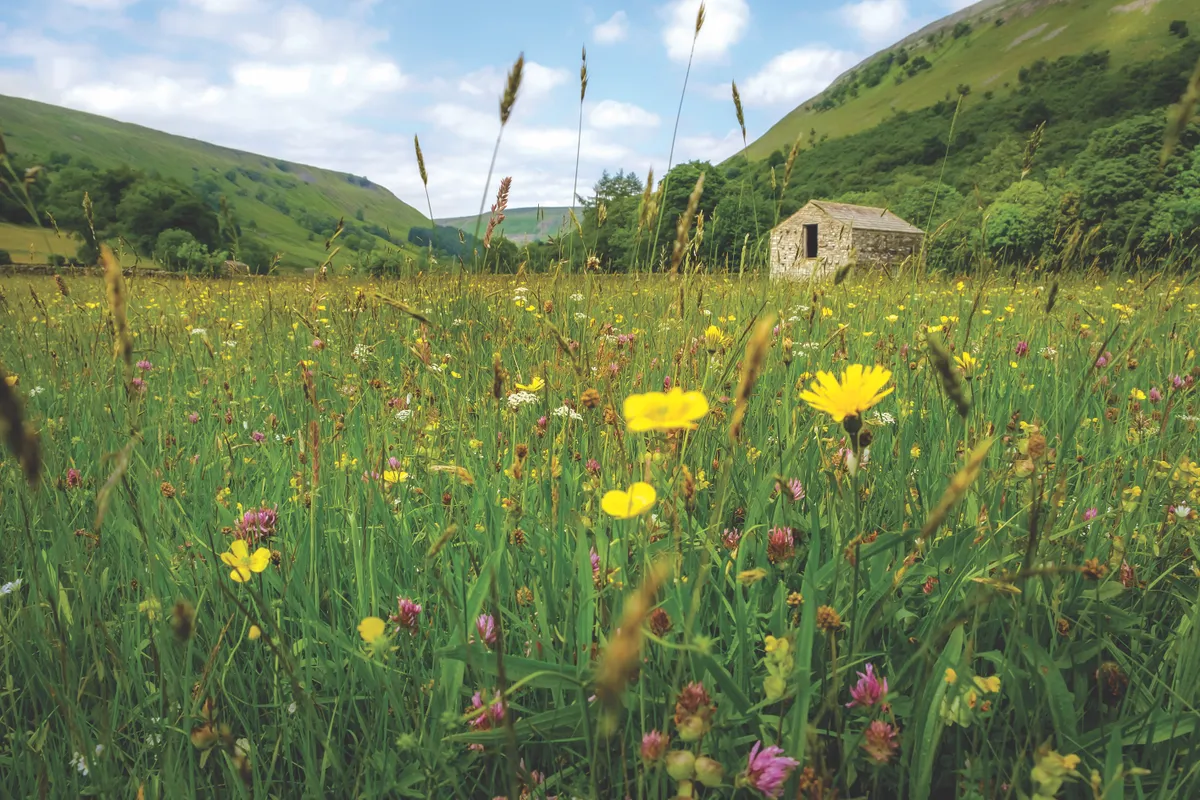We love the underdog. The athlete in the last event of a losing season; the weird talent act facing baying audiences on TV, and the unlikely candidate against the charismatic political frontrunner. I’ll even choose where to post my plastic token in the triptych moneybox at the end of the supermarket checkouts based on which has the fewest tokens, without even looking at what it’s for.
I used to think our affinity with the underdog was a purely British thing that sat nicely next to our chronic condition: tall poppy syndrome. Rooting for the little guy while keeping the achievers in their place. But research has shown it’s a trait all humans exhibit. The theory behind it is that we bask in reflected glory if our side wins, and because that win means so much more to us if it’s not supposed to happen, it’s worth rooting for the underdog.

It even extends to our view of the natural world and what we believe should thrive and what shouldn’t. Consider corvids: the rooks, ravens, magpies and crows – murderous, thieving, intelligent and worst of all, successful. So much so, that we trap and kill them, or at the very least, shoo them away from the bird table: that expensive bird food isn’t for you, nor grey squirrels. In my fiefdom, I declare this food only to be for little passerines.
Lawn-based combat
Cast your eyes downwards and behold another battlefront against the flourishing winners: evil dandelions. With the weight of 30 million years of evolution on their side, they’re here to ruin the picnic. Mow on the lowest setting at six o’clock, they’re back in cheerful rude health by eight. Really go to war by pulling them up from their roots and even the smallest remaining fragment is enough for a vibrant resurrection. There really is only one thing for it in the face of such infuriating prosperity and will to live: all out biological weaponry.
But let’s pause here at this moment of madness and ask who gains from this hostility? In whose interest is it for this conflict to continue? Like the most acrimonious litigious divorce battles, the true winner is hidden, orchestrating from the shadows. Have we stopped to look carefully at the face of our enemy? Since prehistory, humans have used dandelions as food and medicine. Every part of the plant is edible, highly nutritious and, as they’re found on six continents, form part of traditional cuisine across the world. They contain a number
of pharmacologically active compounds and for thousands of years were used to treat infection, inflammation and other ailments. Until the 1800s, we would deliberately keep dandelions alongside other useful weeds, such as chickweed, malva and chamomile in our lawns.
Many butterflies and moths use dandelions as larval food plants and they are an important well for pollinators early in the season. The polymer of their sap is even being used to produce tyres, taking the strain from the equatorial ‘rubber belt’. A rubber tree grown on productive land has a growth cycle of seven years, versus dandelions that can be grown on land not suitable for food production in just one year.
I’m not a conspiracy theorist; I think humans are too chaotic to create such co-ordinated narratives. But I’ve seen institutional greed enough times to believe in it. It seems striking that our loathing for a plant that was not long ago considered food and medicine has timed with a burgeoning lawn and herbicide industry. When each year, millions are spent on creating uniform lawns of often non-native grasses – all the while using up to 30% of the country’s water supply to keep them green – it’s worth rebranding dandelions a menace.
I have some sympathy; when the lawn is mowed, I momentarily feel like I’ve got my s*** together in the rest of my life. But I don’t, and this is nature opening brightly every morning, with vibrant colour against the grey and green. A plant every person can name. The first bitter taste of garden-made perfume, the first bouquet every child
picks for their mother. A flower for us to reclaim.
